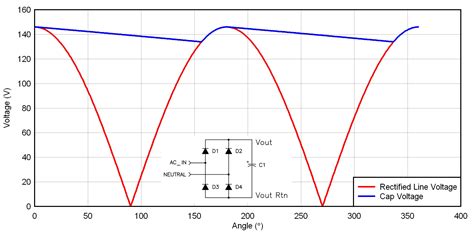Problem with Double Expenditure of Ripple: a Blockchain type approach
In the world of cryptocurrency and blockchain technology, several problems have been raised regarding the safety and integrity of digital transactions. One of the most important concerns is the double expenditure problem, where a user tries to spend twice the same room in a short time, which can cause financial losses for others. Ripple, a leading actor in cryptocurrency space, has developed an innovative solution to solve this problem: the Ripple system.
The double expenditure problem
The double expenditure problem is a fundamental aspect of blockchain technology. It occurs when two parties try to spend the same asset (in this case, Ripple Tokens) twice in a short term, which can lead to a loss for other people involved in the transaction. This problem stems from the decentralized nature of blockchain transactions, where each node on the network has a copy of the whole blockchain and must check all the transactions before allowing them to be confirmed.
Ripple solution
The RIPPLE system is designed to solve the double expenditure problem by introducing an additional layer of safety and validation. Here’s how it works:
- Multichannel transactions

: RIPPLE allows users to perform several transactions in a single step, without having to wait for the confirmation of each channel. This approach reduces the risk of double expenditure.
- Transfer of custody : When two parties want to transfer assets between them using Ripple, they agree on which asset to use and how much transfer. The Ripple system guarantees that one part can move an asset at a time, preventing simultaneous transfers.
- Chain validation : The validation process on the Ripple chain implies the verification of the property of the assets involved in the transaction before confirming it. This ensures that no single knot can handle transactions.
Blockchain type entity: XRP Ledger
Ripple does not use traditional blockchain like Bitcoin or Ethereum, which dictates which transactions are confirmed and which are not. Instead, Ripple uses his own large owner book, known as Ripple Ledger (XRL). The XRL is a distributed database that allows Ripple to manage several transaction channels simultaneously.
The XRL is structured differently from traditional blockchains:
- Multichannel transactions : RIPPLE transactions can be carried out on several channels at a time, without having to wait for each channel to confirm the transaction.
- Transfer of custody : Ripple uses a technique called “guard transfer” to ensure that a single part can move the assets between the channels simultaneously.
Does Ripple use a blockchain type entity?
No, Ripple does not use traditional blockchain like Bitcoin or Ethereum to dictate confirmed transactions and which are not. Instead, he uses his large owner XRL book, which is designed to manage several transaction channels simultaneously.
The Ledger Ripple (XRL) is a distributed database example which allows Ripple to manage several transactions at a time. It is not a traditional blockchain like Bitcoin or Ethereum, but rather a tailor -made system designed for the specific needs of Ripple.
Conclusion
Ripple’s double expenditure problem solution is a remarkable achievement in the field of cryptocurrency technology. By introducing multichannel transactions and childcare transfer, Ripple has considerably reduced the risk of double expenditure and has created a more secure and reliable payment system. The use of its large, XRL owner’s book also offers an additional layer of protection against handling and censorship. While Ripple continues to innovate and expand its product offers, its solution to the double expenditure problem will remain at the forefront of the industry.
